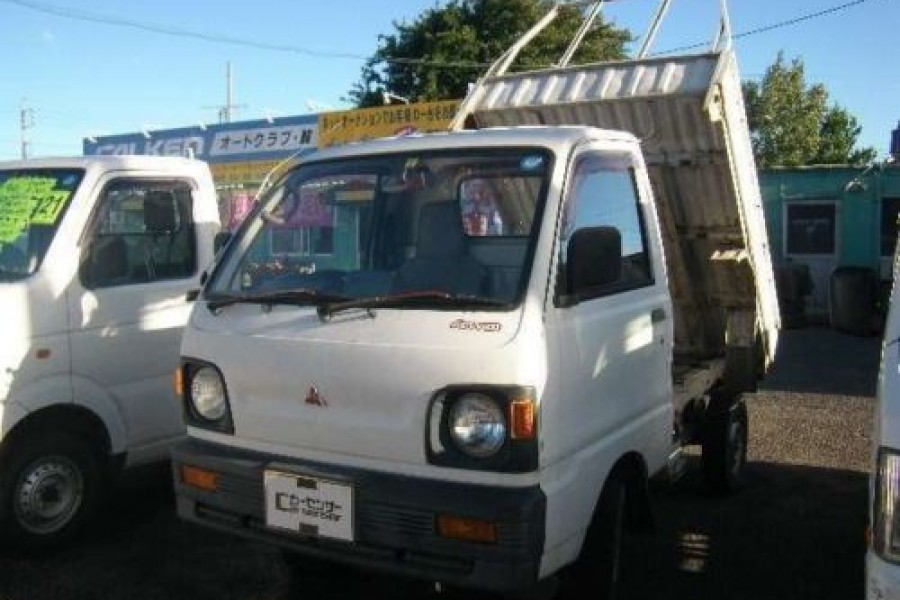Suzuki Carry is among the best Japanese mini truck in the market. These high performance kei trucks are designed with a very compact design. This allows them to be flexible and easy to maneuver with. Among other things that makes these vehicles come in handy is their incredible performance, reliability and low cost of running. This all comes without sacrificing on the quality of service that they offer. Many have compared them to the standard pick up trucks, which tells you how good they really are. Maintenance is however necessary for the vehicle to consistently give you good service. In this guide, we will specifically go in-depth to discuss the Suzuki Carry choke adjustment.
Choke valve adjustment is very important in a vehicle. And without proper choke valve adjustment, you might not really get the best experience with the mini truck you have.
What is a Choke Valve?
But before discussing about Choke valve adjustment, let us first define what a choke valve is and why it is necessary in a vehicle.
A combustion engine that has a carburetor, which resembles the mini truck always has a choke valve. The purpose of this device is to regulate air pressure which in the process helps to regulate the air-fuel ratio in the engine of the vehicle. It is very important to regulate the air and fuel been burned in the engine. Any wrong alteration like having higher air flow than the required fuel inlet would not give you the best engine efficiency. It is therefore crucial to have the right mixture of fuel and air pressure ratio in the engine.
For a faster fuel draw and good mixture, most of the choke valves in vehicles are designed with an upstream mounting on the carburetor. This increases the fuel draw and consequently the burning of the fuel while still maintaining good engine burn efficiency.
How To Do Suzuki Carry Choke Adjustment
Having seen the importance of choke adjustment in a vehicle, how does one go about it? what is the process of doing choke adjustment and how does one know that they have got it right?
When the vehicle is not running, the choke valve is usually closed completely. However, when starting the vehicle, a vacuum is applied to the actuator leading the valve to tilt a bit. This goes on while the vehicle idles as the throttle-up actuator is held down by the vacuum.
If the butterfly valve is not fully closed before the vehicle starts, or isn’t tilted a bit (85%) when it has been started, then you may need some adjustment to it.
To make choke adjustment, you need to position the water valve push-pin using a screw. Here you either lengthen or shorten the pin length. This results in the opening and closing of the throttle actuation. There is usually also an “F” forked end which can help in restoring default setting, though one may have to alter it a bit.
This is a simplified guide on Suzuki Carry choke adjustment. If it proves to be hard, then you may see the help of a mechanic.

